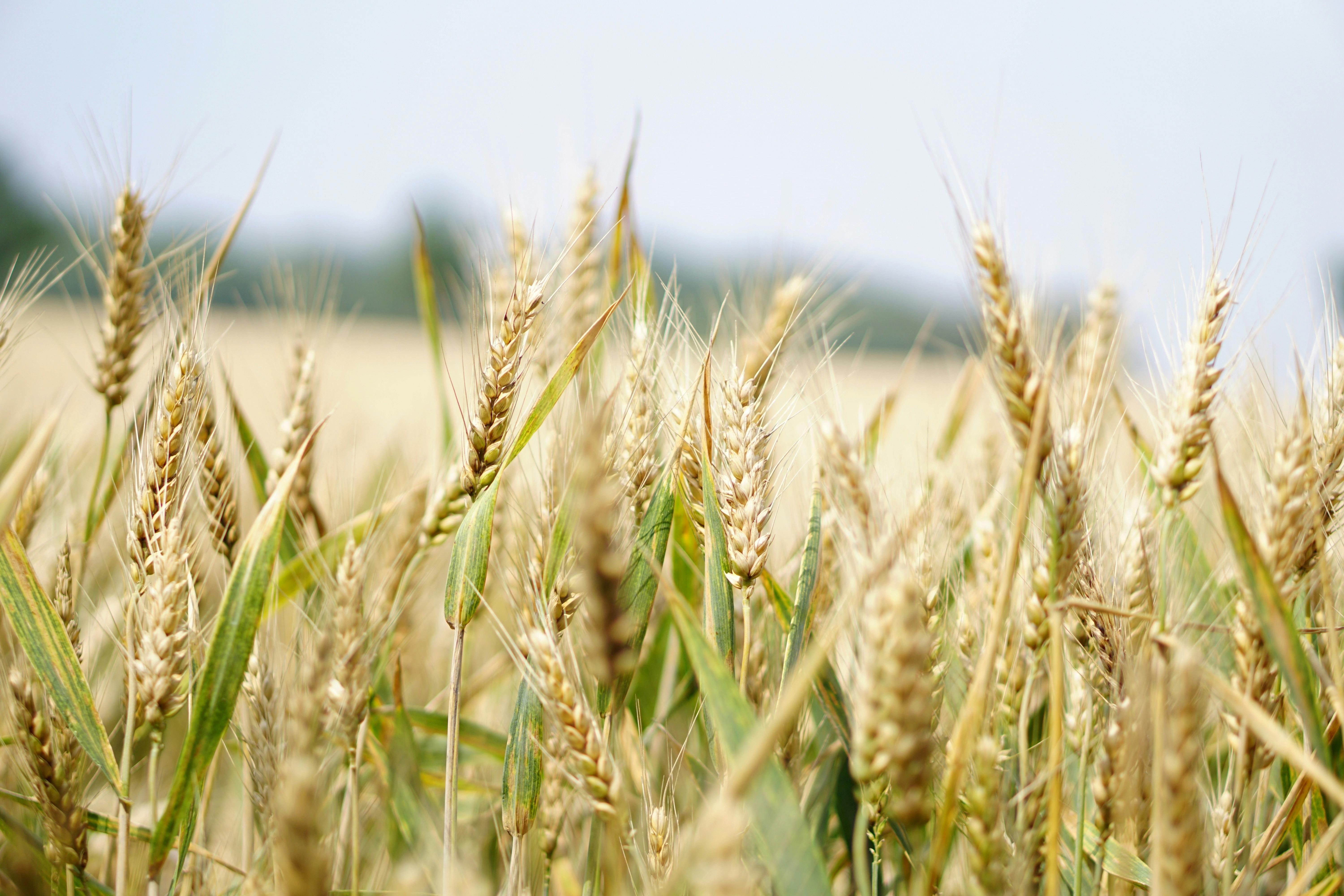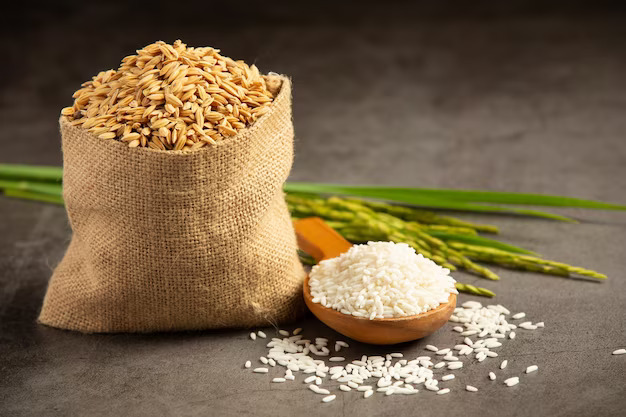Farming Foundation: The Science of Crop Selection
04/10/2023
Choosing the right crops is a fundamental decision for farmers and agricultural enthusiasts. The choice of crops can significantly impact the success of farming operation, from yield and profitability to sustainability and resilience. To make informed decisions, it is crucial to consider various critical factors when selecting crops. In this blog, we will explore some of the key factors that should be carefully assessed before planting any crop.
Climate and Geography
One of the
foremost considerations in crop selection is the local climate and geography.
Different crops have specific temperature, rainfall, and soil requirements.
Assess the following aspects:
a. Temperature:
Determine the temperature range suitable for the crops you are considering.
Some crops thrive in cool climates, while others require warmth.
b. Rainfall:
Consider the average annual rainfall and distribution throughout the year.
Certain crops are drought-tolerant, while others need consistent moisture.
c. Soil Type:
Soil quality varies widely. Conduct soil tests to understand soil composition,
pH levels, and nutrient content. Different crops prefer specific soil types.
d. Elevation: Altitude can affect temperature and precipitation, which in turn influences crop suitability.
Growing Season
The length of
the growing season in your region is crucial. Some crops have a short growing
season and can be harvested quickly, while others require a longer time to
mature. Understanding your local growing season is essential for choosing crops
that can thrive within this timeframe.
Market Demand
Consider market
demand when selecting crops. Research which crops are in demand in your area or
have a broader market reach. It's essential to grow crops that have a
consistent market and reasonable prices to ensure profitability.
Crop Rotation and Soil Health
Crop rotation
is a vital practice in sustainable agriculture. Certain crops help improve soil
health, while others can deplete it. Plan your crop selection to include a
rotation that enhances soil fertility and reduces the risk of pest and disease
buildup.
Pest and Disease Resistance
Different crops
have varying degrees of resistance to pests and diseases. Understanding the
prevalent pests and diseases in your region and choosing crops with natural
resistance or selecting resistant varieties can reduce the need for chemical
interventions.
Resource Availability
Evaluate the
resources you have at your disposal, such as equipment, labor, and irrigation.
Some crops may require specialized machinery, while others can be managed with
minimal equipment. Additionally, labor-intensive crops may not be suitable if
you have limited workforce availability.
Sustainability and Environmental Impact
Incorporate
sustainable farming practices into your crop selection. Consider crops that
promote biodiversity, reduce the need for synthetic inputs, and minimize soil
erosion. Sustainable farming not only benefits the environment but can also enhance
long-term profitability.
Personal Preferences and Experience
Your personal preferences and experience as a farmer matter. Choose crops that you are passionate about and have knowledge of. Your expertise will play a significant role in the success of your crop cultivation.
The selection
of crops is a pivotal decision in agriculture. By carefully assessing factors
like climate, geography, market demand, crop rotation, resource availability,
and sustainability, farmers can make informed choices that lead to successful
and profitable harvests. Moreover, staying adaptable and open to
experimentation is essential for discovering which crops thrive best on your
farm. Ultimately, a thoughtful approach to crop selection can contribute to the
overall success and sustainability of your farming operation.
Categories
Related Blogs
Ultimate Guide to Wheat Production in India
18/03/2024
Top 5 Most Profitable Crops in India
09/10/2023









